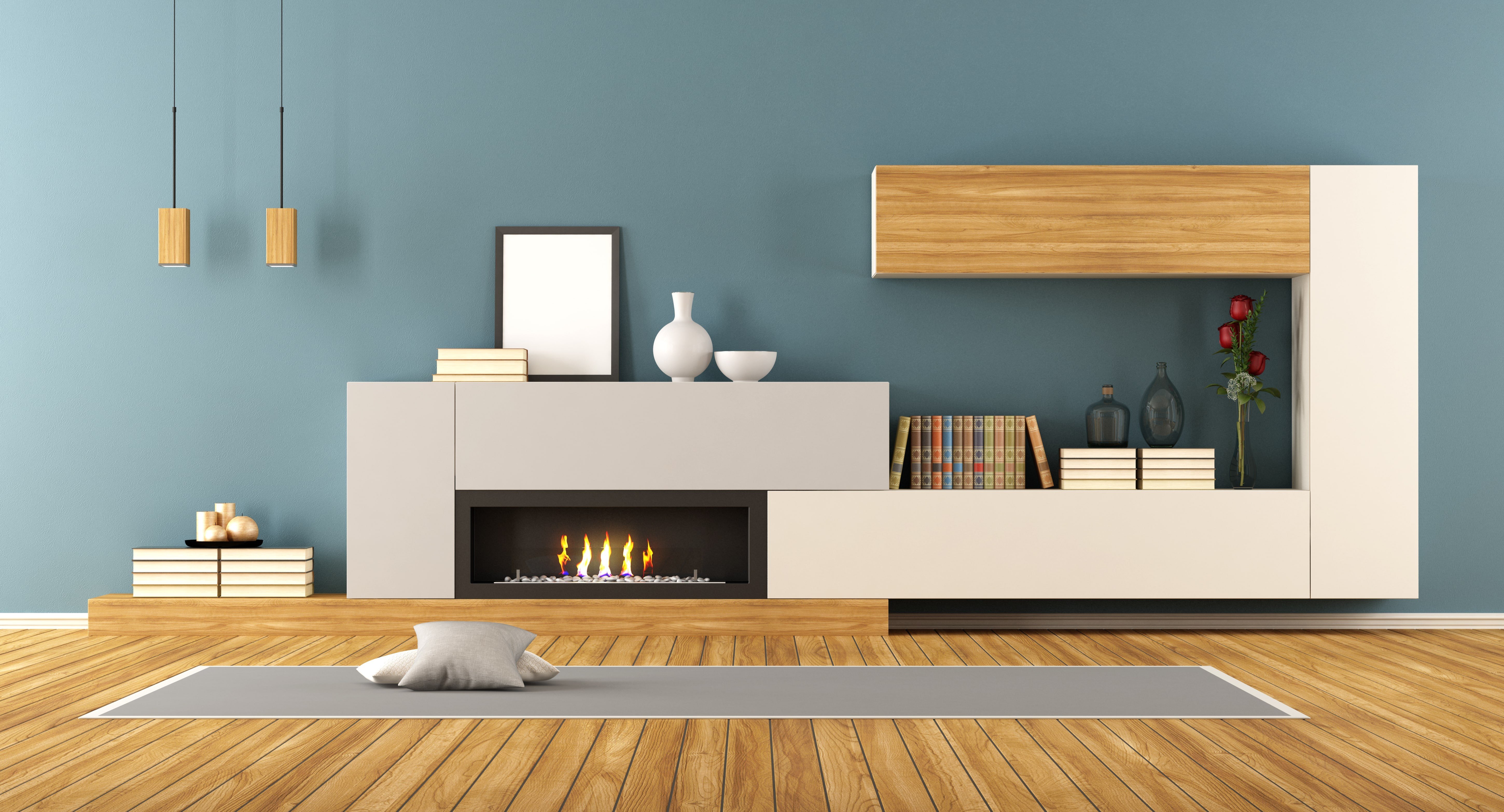Fireplaces in the UK: A Comprehensive Guide
Fireplaces have actually long been an important part of British homes, using both aesthetic charm and practical heat. As Cheap Fireplace turns cold, the appeal of a cozy fire beckons, transforming any living area into a sanctuary. In this post, we will check out the different kinds of fireplaces offered in the UK, factors to consider for setup, upkeep suggestions, and answers to frequently asked concerns about fireplaces.
Types of Fireplaces
When selecting a fireplace for a UK home, numerous options are readily available, each with distinct functions and benefits. The following table sums up the main types of fireplaces popular in the UK:
| Fireplace Type | Description | Pros | Cons |
|---|---|---|---|
| Open Hearth | Traditional fireplaces that burn wood or coal, offering a rustic feel. | Authentic ambiance; terrific heat circulation | Less energy-efficient; requires chimney maintenance |
| Gas Fireplaces | Usage natural gas or lp; can be direct vent or ventless. | Immediate heat; easy to run; cleaner burning | Preliminary setup cost; may need gas line |
| Electric Fireplaces | Mimic a flame using LED lights and supply heat through electrical energy. | Safe; easy to install; no flue needed | Less authentic; higher operating expenses |
| Wood-burning Stoves | Closed-system fireplaces that burn logs, providing high effectiveness. | High heat output; eco-friendly when utilizing sustainable wood | Limited visual compared to open hearth |
| Bioethanol Fireplaces | Eco-friendly choice that burns bioethanol, creating real flames. | No chimney required; versatile style alternatives | Can be costly to run; limited heat output |
Advantages and disadvantages of Each Type
Open Hearth
- Pros:
- Provides character to any home.
- Effective heat circulation due to open flames.
- Cons:
- Less energy-efficient and more smoke than modern options.
- Needs regular cleansing and upkeep of the chimney.
Gas Fireplaces
- Pros:
- Easy to control and run with the flick of a switch.
- Cleaner option with less soot buildup.
- Cons:
- Requires a gas supply and setup costs can be high.
- May not provide the exact same ambiance as a traditional fire.
Electric Fireplaces
- Pros:
- Simple installation with no chimney or flue needed.
- Can be found in various designs, looking like traditional options.
- Cons:
- Lacks the realism of genuine flames and can end up being expensive with continuous usage.
Wood-burning Stoves
- Pros:
- Highly efficient and produces considerable heat.
- Sustainable resource when utilizing responsibly sourced wood.
- Cons:
- Requires extra space for log storage and routine upkeep.
Bioethanol Fireplaces
- Pros:
- Flexible positioning due to no requirement for traditional venting.
- Clean-burning and very little influence on indoor air quality.
- Cons:
- Can be less affordable for continual use compared to gas or wood.
- Heat output is less reliable for larger areas.
Installation Considerations
When setting up a fireplace in a UK home, a number of aspects need to be taken into account:
- Building Regulations: Ensure compliance with local building codes and security policies.
- Chimney and Flue: Determine the requirement for a chimney or flue system based on the kind of fireplace chosen.
- Ventilation: Proper ventilation is essential for safety, especially with gas, wood, and bioethanol options.
- Location: Consider the very best area for the fireplace to take full advantage of heat circulation and aesthetic appeal.
- Expert Help: Engaging an expert installer can guarantee a safe and accurate setup customized to the specific type of fireplace.
Maintenance Tips
Routine maintenance of a fireplace is vital for both security and performance. Follow these guidelines to keep your fireplace in peak condition:
- Chimney Sweeping: Have your chimney expertly swept a minimum of when a year to prevent clogs and reduce fire danger.
- Examine for Damage: Regularly look for leakages, cracks, or damage, especially in gas and wood-burning fireplaces.
- Tidy the Surroundings: Ensure the area around the fireplace is devoid of dust and combustible materials.
- Inspect Carbon Monoxide Detectors: Test detectors routinely, specifically in homes with gas-burning home appliances.
- Store Wood Properly: If using a wood-burning stove, shop wood in a dry location to lower wetness material.
Often Asked Questions
What is the very best type of fireplace for a small space?
For small spaces, electric fireplaces or bioethanol designs are frequently advised due to their smaller sized size, security features, and visual appeals.
Are electric fireplaces more affordable to run than gas?
Electric fireplaces usually have a lower in advance expense, but depending upon electrical power rates, they can be more expensive to run long term compared to gas.
Do wood-burning stoves require a great deal of upkeep?
While they do require some maintenance, such as cleansing and routine chimney sweeps, numerous house owners discover that modern wood-burning stoves are effective and reasonably low upkeep compared to traditional open hearths.
Can I set up a gas fireplace myself?
While some homeowners may attempt DIY setup, it is highly suggested to work with an expert for gas fireplace installations due to safety issues and regulatory compliance.
How can I optimize the heat output of my fireplace?
To make the most of heat output from any fireplace, consider the following:
- Keep windows and doors closed during usage.
- Use heat-efficient logs or fuels.
- Guarantee appropriate airflow around the fire.
- Utilize fans or blowers that can distribute warm air throughout the room.
Fireplaces remain a valued component within UK homes, supplying warmth, appeal, and a welcoming atmosphere. Provided the variety of options and their unique functions, property owners can choose the ideal fireplace to match their home while ensuring safety and effectiveness. With routine upkeep and a clear understanding of the installation requirements, anybody can take pleasure in the beauty and comfort of a fireplace for many years to come.

